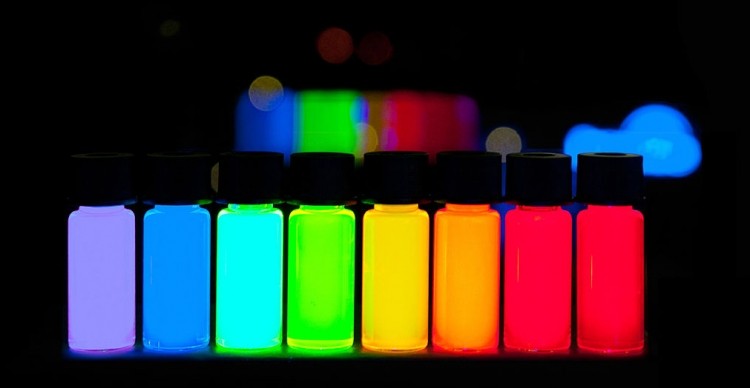As with most electronic devices, the industry moves fast. TVs are no exception and have quickly progressed from cathode ray tubes to the popular LED displays of today. Although many have pointed to 3D technology as the next big thing, the real breakthrough might just be quantum dots.
Unlike LCDs, LEDs or OLEDs, quantum dots do not rely on different chemicals to produce different colors. Alternatively, these nanoscale structures are given their distinct hue based upon only their size. This means that a single material can be used to create an entire display (consisting of red, green and blue emitters, among others), reducing the inherent manufacturing costs.
A secondary advantage of the technology is that it is both environmentally friendly and relatively easy to commercialize. The continuous flow process is not only green, but makes scaling from small volumes to large ones quite efficient. The materials involved are also non-toxic and do not contain the rare earth metals that often drive up prices.
In describing the technology, CEO Stephen Squires of Quantum Materials, explained, "Tetrapod Quantum Dots ultimately allow for lower display manufacturing costs due to their superior luminescence and much lower incidence of aggregation. Far fewer quantum dots are required to achieve the same level of performance."
Perhaps the most exciting thing about these "QD-LED" displays is that mass production may come sooner than you think. New reports suggest that a major Asian electronics manufacturer is joining forces with Quantum Materials to make quantum dot TVs a reality. This news is very encouraging, especially when one considers all of the benefits: it's lighter, brighter, provides enhanced contrast, and is more energy efficient than current offerings.
Furthermore, if a 2013 report published by Wintergreen Research is to be trusted, once one manufacturer takes the plunge, the rest will have no other choice but to follow suit. In the competitive TV industry, no company wants to be left in the dust.
